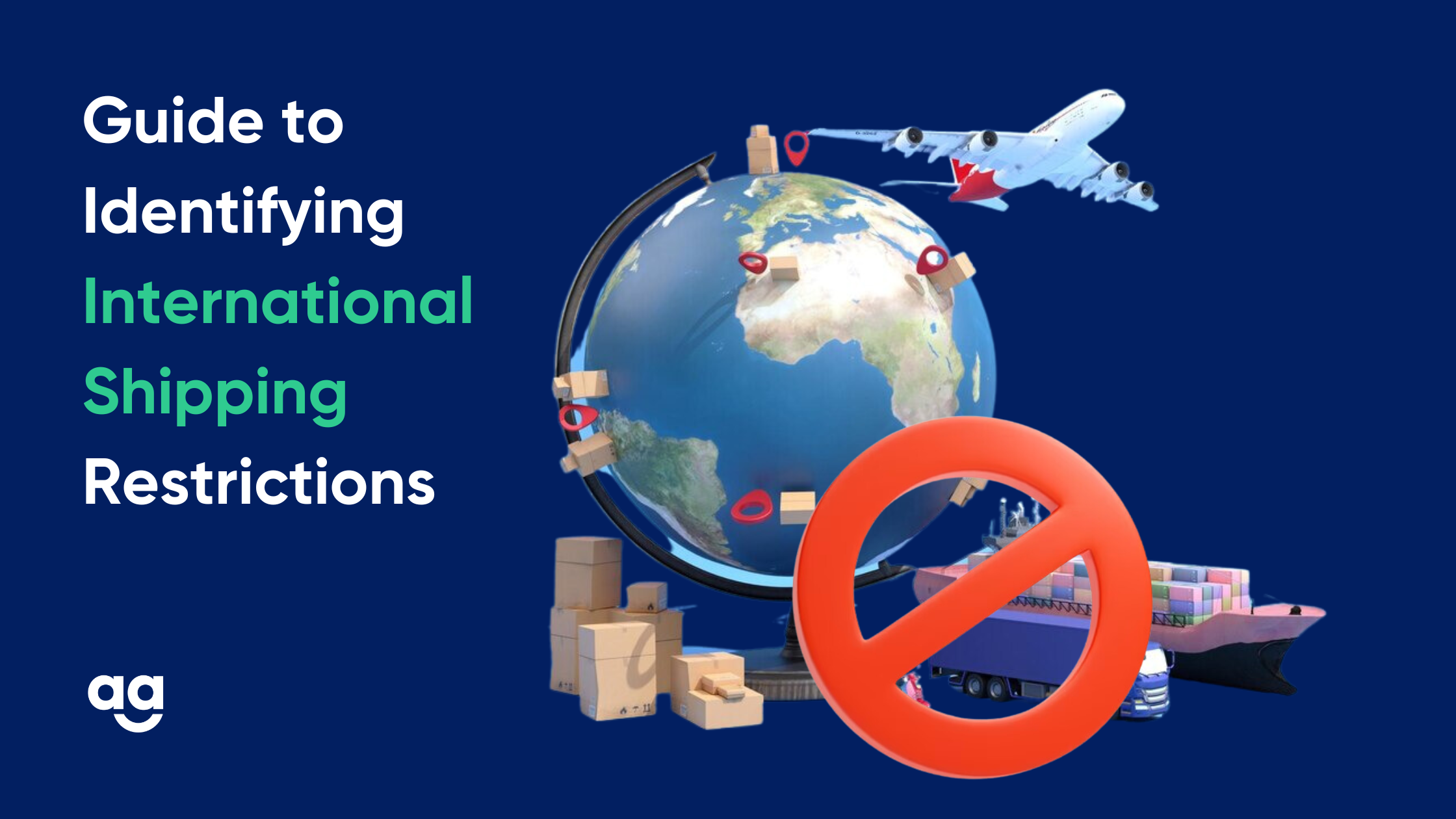Introduction
Navigating the complex landscape of international shipping requires a deep understanding of the various restrictions and regulations imposed on exporting goods from India. These restrictions are in place to maintain control over sensitive items, ensure compliance with international trade agreements, protect national security, and promote responsible trade practices.
In this article, we have listed a simple guideline complete with steps to follow to identify international shipping restrictions. By understanding and adhering to these restrictions, exporters can ensure smooth and compliant shipping processes while expanding their business opportunities in global markets.
Restricted Products: Understanding the Concept
When it comes to international shipping, the term “restricted products” refers to goods that are subject to specific regulations, limitations, or requirements during the export process. These products may require special permits, certifications, or compliance with specific standards to ensure legal and responsible trade practices.
Understanding the concept of restricted products is essential for exporters to navigate the complex landscape of international shipping regulations and avoid potential violations or penalties.
How to Identify International Shipping Restrictions on the Product
Identifying international shipping restrictions on a specific product is crucial for exporters to ensure compliance with regulations and avoid potential issues during the shipping process. While the specific restrictions can vary depending on the product and the destination country, here are some steps to help identify and navigate these restrictions effectively:
1. Research Export Control Lists
Many countries maintain export control lists that outline the controlled, restricted, or prohibited items for export. These lists provide valuable information on the specific products subject to restrictions. Exporters can consult the export control lists of their own country as well as the destination country to determine if their product falls under any restrictions.
2. Consult with Regulatory Authorities
Reach out to the relevant regulatory authorities or government agencies responsible for overseeing international trade. These authorities can provide guidance and clarification on the specific restrictions that apply to your product. In India, for example, the Directorate General of Foreign Trade (DGFT) can provide valuable insights and assistance in understanding the export regulations.
3. Check International Trade Agreements
Determine if there are any international trade agreements in place that impact the export of your product. These agreements may include specific restrictions or requirements that exporters must comply with. Examples of such agreements include the Wassenaar Arrangement, the Australia Group, or regional trade agreements.
4. Engage Legal Experts or Trade Consultants
Seeking assistance from legal experts or trade consultants who specialize in international trade regulations can be highly beneficial. These professionals can provide tailored advice based on their expertise and experience, helping exporters navigate complex regulations and identify any specific restrictions applicable to their product.
5. Consider Industry-Specific Regulations
Some industries may have additional regulations or certifications related to the export of certain products. For instance, the pharmaceutical industry may have specific requirements for exporting drugs or medical devices. Research industry-specific regulations or consult with industry associations to understand any product-specific restrictions that apply.
6. Stay Updated on Regulatory Changes
International shipping regulations are subject to change, with new restrictions or requirements being introduced periodically. It is crucial for exporters to stay updated on these changes through regular monitoring of industry news, government announcements, and regulatory updates. Subscribing to newsletters or joining industry forums can also provide valuable insights into evolving regulations.
Takeaway
Identifying international shipping restrictions on a product is a crucial step for exporters to ensure compliance with regulations and facilitate a smooth shipping process. By following the steps outlined in this article, exporters can effectively navigate the complex landscape of international trade restrictions.
By understanding and adhering to international shipping restrictions, exporters can avoid potential violations, penalties, and delays in customs clearance. Compliance with regulations not only ensures smooth shipping operations but also fosters trust with customers, strengthens business reputation, and promotes responsible and ethical trade practices.
By proactively addressing these restrictions, exporters can navigate the complex landscape of international trade, expand their market reach, and establish themselves as reliable and compliant players in the global marketplace.





 Shipping
Shipping